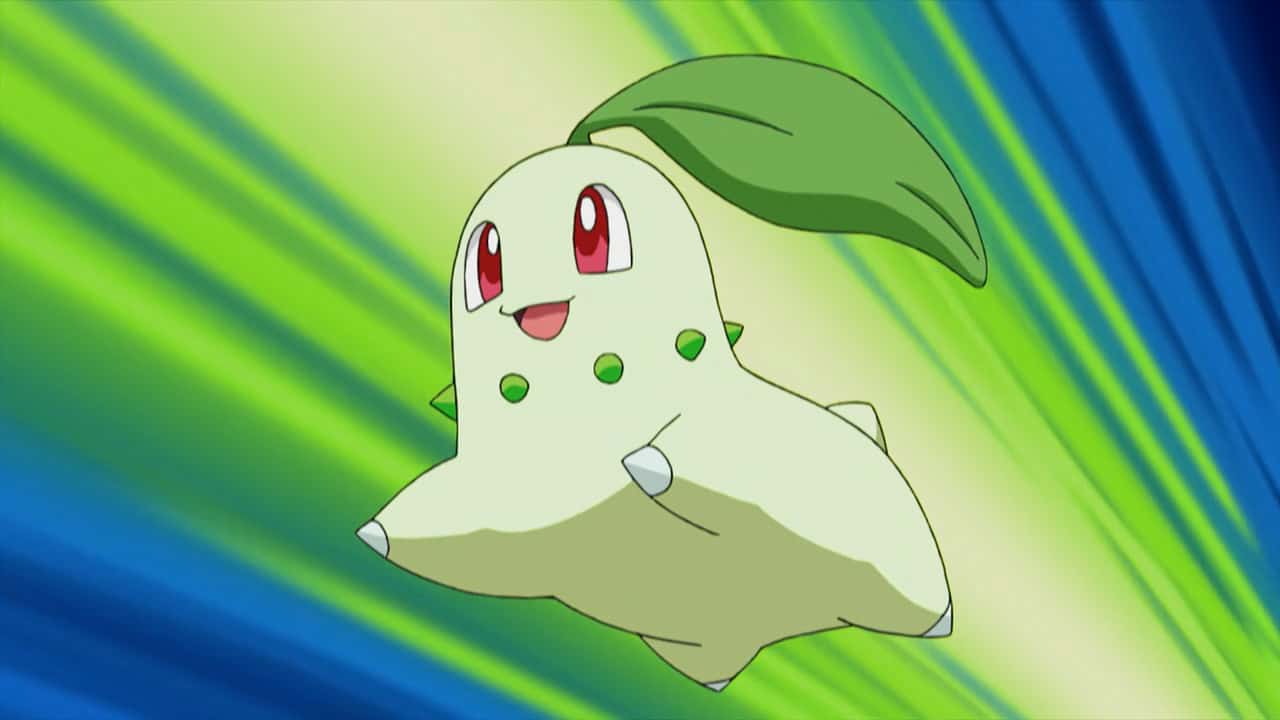Pokémon Gold & Silver ushered in the second generation of the world-renowned franchise, cementing it as the powerhouse it is today. They came out for the Game Boy Color in 1999 and were met with considerable acclaim. The original Red & Blue were overwhelming successes in their own right, of course. They remain beloved even after all these years, and rightly so. But Gold & Silver did a lot to refresh and renew the Pokémon formula. Many of its changes had a huge impact on the series moving forward. With a title as influential as this one, and as old as this one, there’s a lot that can fly under the radar over the years. Here are some of the most remarkable things about Gold & Silver that you may have forgotten about.
#1: Sinister Origins
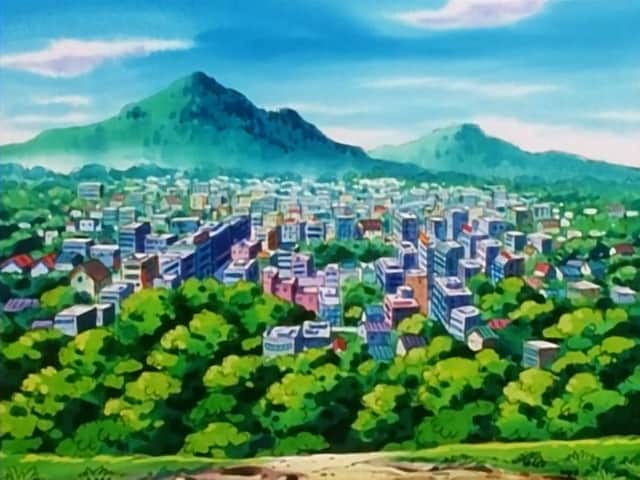
This feature isn’t technically in the game anymore, but it remains a very prominent piece of Pokémon Gold & Silver’s history. As is tradition in the early Pokémon games, the protagonist starts out in a small town. There, a professor gives them their starter Pokémon and sends them off into the world. New Bark Town fills that role in Gold & Silver, but it wasn’t always that way. When Gold & Silver was demonstrated at the Nintendo Space World trade show in 1997, the starting town was named Silent Hills instead. Most fans will be able to guess why the name was changed for the final version. The survival horror game Silent Hill came out in February 1999, less than a year before Pokémon Gold & Silver. Nintendo likely changed the name to avoid comparisons between their lighthearted monster-collection romp and Konami’s grim horror gauntlet.
#2: Secret Safari
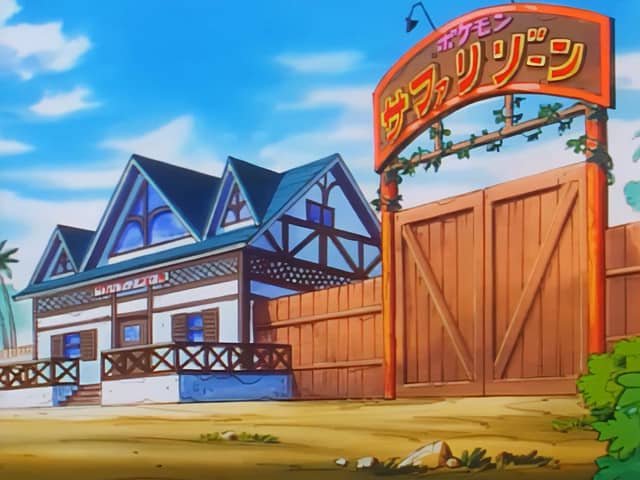
The Safari Zone has been an enduring concept throughout the Pokémon franchise. Its origins trace back to the very first generation. Players could visit Kanto’s Safari Zone to catch wild Pokémon and score some rare creatures. The feature then seemed to skip a generation, vanishing until Ruby & Sapphire. While Pokémon HeartGold & SoulSilver did feature a Safari Zone of their own, this was a new addition for the remakes. That said, there is evidence of a secret Safari Zone that didn’t make it into the finished game. An unfinished Safari Zone map can be found nestled deep in the files. You can access it through glitches, but there’s not much to do there. It’s just a fascinating relic of what might have been.
#3: Sneaking In A Celebi
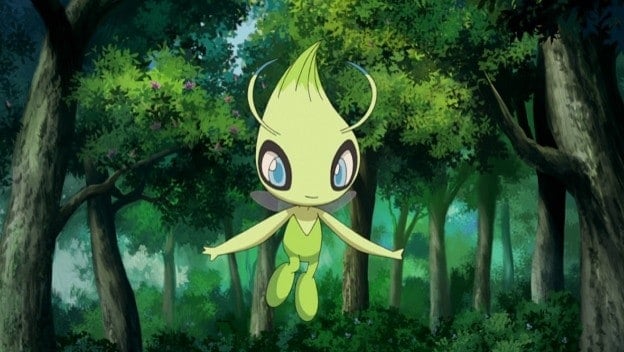
One of the 100 new Pokémon introduced in Gold & Silver is Celebi, a Mythical Pokémon on par with Generation I’s Mew. Like Mew, Celebi’s status as a Mythical Pokémon means that it should be impossible to acquire through normal gameplay. Fans playing Pokémon Gold & Silver when it came out in 1999 would have had to go to special events to unlock this elusive creature. However, the Celebi Egg Glitch offers a reliable if illegitimate way to acquire this rare beast. As the name suggests, this glitch requires obtaining a specific type of egg. You need one that knows Beat Up as its third move. Then you need to obtain a “bad clone,” which is a glitched copy of a Pokémon obtained through a cloning exploit. With five other Pokémon, you can perform the glitch. The full process can be found at Bulbapedia.
#4: The Series’ Shiny Origins
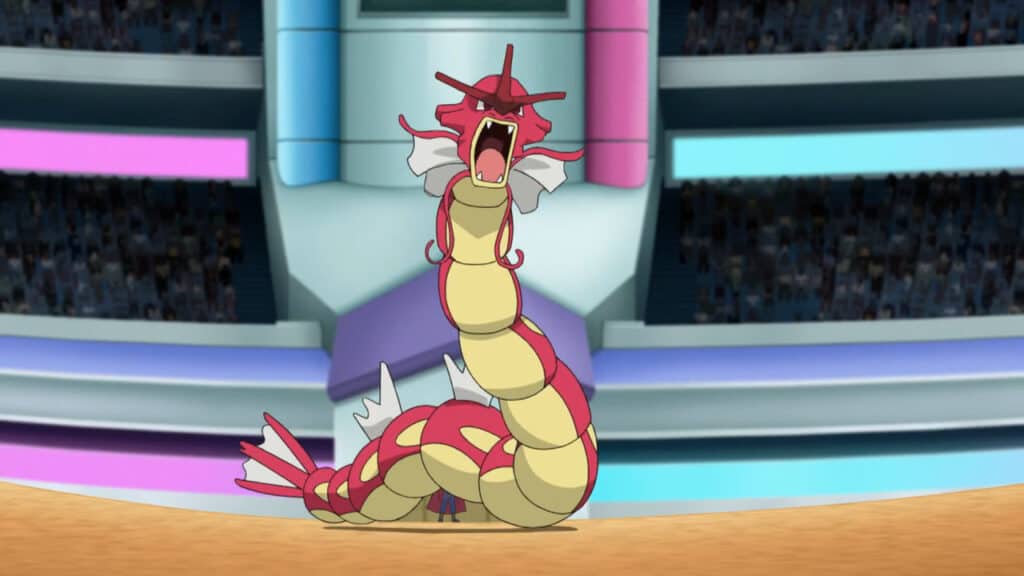
One of the most prominent aspects of the Pokémon community these days is the hunt for Shiny Pokémon. These creatures can appear at random throughout the games, sporting a noticeably different color scheme from the original design. Their rarity and heightened aesthetic make them heavily prized in the fanbase. To this very day, there’s a thriving community of Shiny hunters who are willing to push the game to its limits to obtain them. These passionate fans owe their craft to Pokémon Gold & Silver, which featured the very first shiny Pokémon in the entire series. The odds of finding one in the wild are minuscule as always. For many fans, though, that just makes the thrill of the hunt all the sweeter.
#5: Pokémon Husbandry
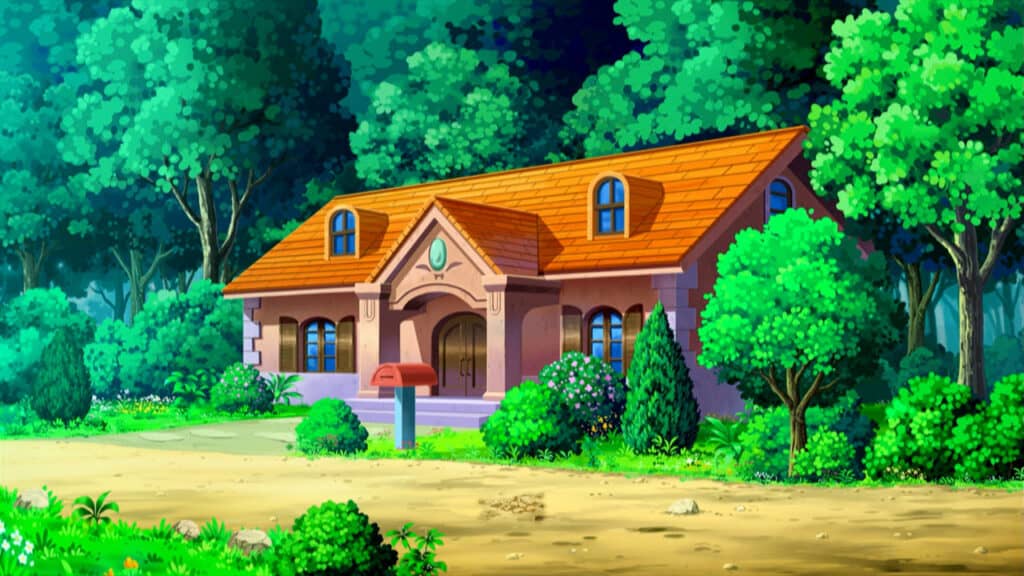
Pokémon Gold & Silver introduced a lot more franchise mainstays than the existence of Shiny Pokémon, though. Another long-running mechanic that got its start in Generation II was the notion of Pokémon breeding. By leaving two Pokémon at a daycare center for a while, you can pick up an egg that will eventually hatch into a brand-new creature. The baby will feature moves and traits inherited from its parents. This is a fun and immersive way to grow your team of Pokémon, and its popularity shines through in how long the mechanic has endured. Pokémon Gold & Silver also introduced baby versions of beloved Pokémon to flesh out the breeding process. Pichu, an adorable baby version of the iconic Pikachu, is one such form that has become very famous in its own right, even appearing as a fighter in the Super Smash Bros. series.
#6: Expanding of Pokémon Types
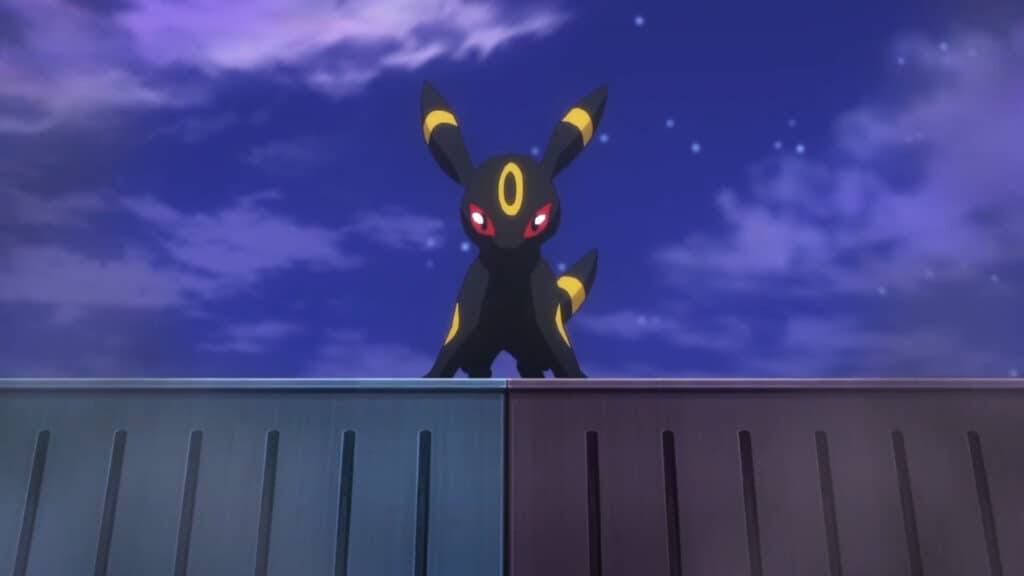
The balance of the Pokémon franchise is constantly evolving, and that was true as of generation 2 itself. Pokémon Gold & Silver introduced two new types to categorize some of the new creatures appearing in the game. Dark and Steel type Pokémon started appearing in Johto, and these creatures came with a very important function for the overall meta of the series. In the first generation, Psychic types were heavily overpowered, as very few other Pokémon types could fare well against them. The introduction of Dark and Steel Pokémon changed this significantly, giving the formerly overpowered type some strong counters to keep fights interesting and fair.
#7: The Clock
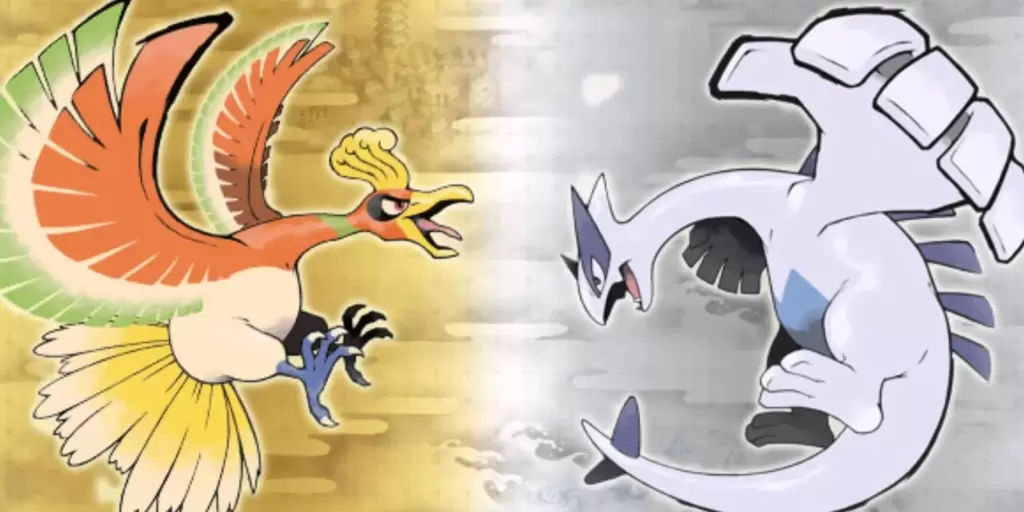
Adding a clock to a game may seem like a very minor feature, especially in modern times. But the clock in Pokémon Gold & Silver was widely acclaimed when the game first launched. Rather than just being a small gimmick to help players tell time in-game, the clock influenced a lot of content. Pokémon encounters like Hoothoot were designed to reflect the time of day, and there were even two new evolutions introduced for the ever-popular Eevee, both of which rely on the time of day. If you max out your Eevee’s friendship during the day, you can evolve it into Espeon, while the same process will yield an Umbreon if it’s nighttime. Basing various elements of the world on the time of day became such a major feature that it would be carried forward into future games, and is now a huge component of the modern Pokémon formula.
#8: Channeling the Power of Mewtwo
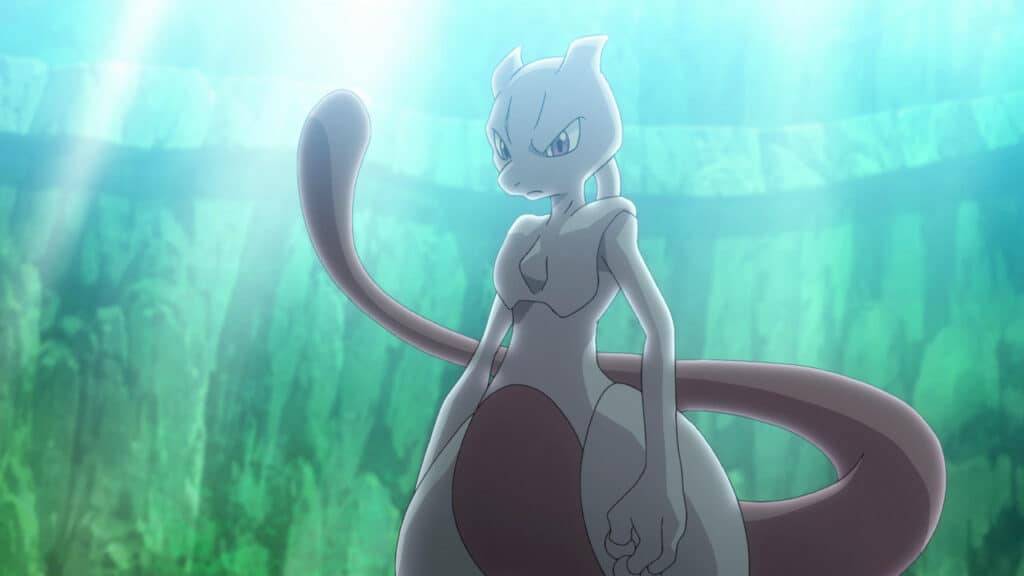
©OLM – License
The first Pokémon generation was defined in large part by the man-made legendary Mewtwo. It was a particularly elusive creature in Red & Blue and a very major part of the storyline in the corresponding anime. Mewtwo served as the antagonist of the very first feature-length Pokémon movie, after all. Mewtwo cannot be caught in Gold & Silver, though you could trade it in from Red & Blue. However, a trace of the iconic being does remain. After you’ve defeated the Johto League and (ostensibly) beaten the game, you’ll unlock the ability to explore Kanto, the region from Generation I. Once you’ve done this, you can travel to Cerulean Cave, home of Mewtwo in Pokémon Red & Blue. While Mewtwo is absent, you can find a trace of its presence in the form of the Berserk Gene.
The Berserk Gene is a held item that will automatically be consumed by the Pokémon when it enters a fight. It increases the Pokémon’s attack stat by two stages, making it a very potent offensive item. However, it has a considerable drawback, in that it will also afflict the Pokémon who uses it with Confusion for an incredibly long duration. This makes the Berserk Gene an incredibly risky item to actually use, but its rarity and its ties to the legendary Mewtwo make it a valuable find nonetheless.
